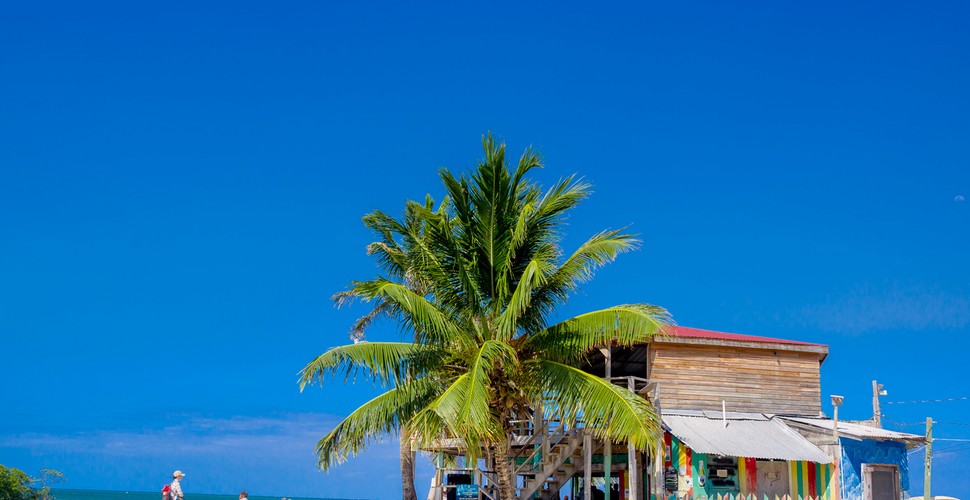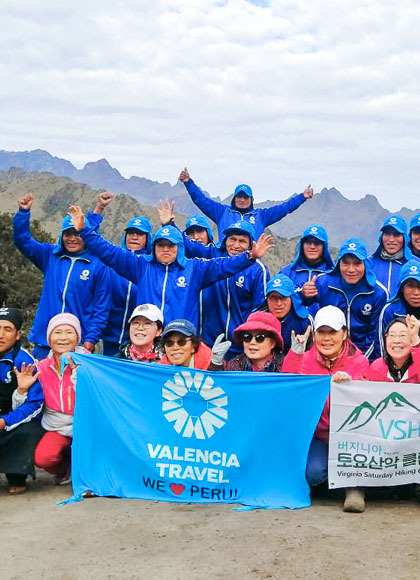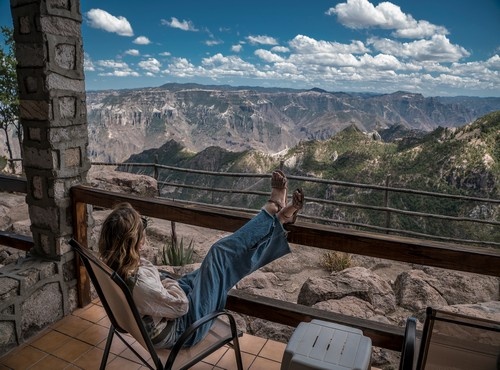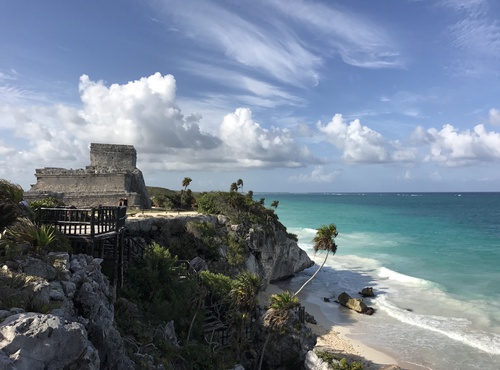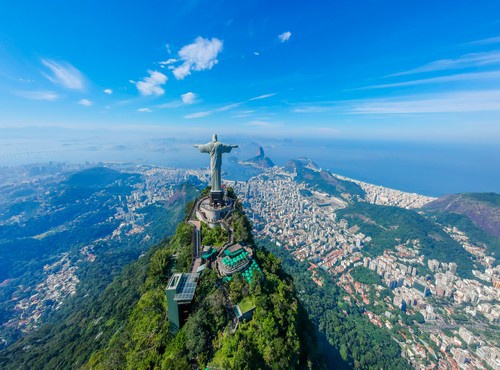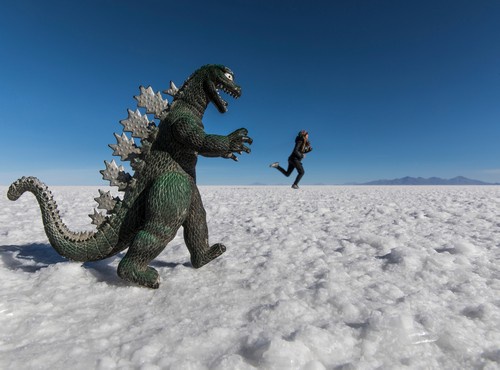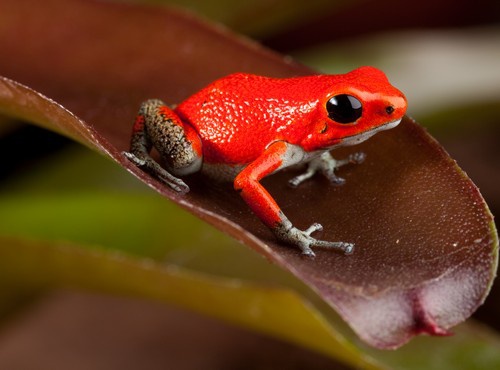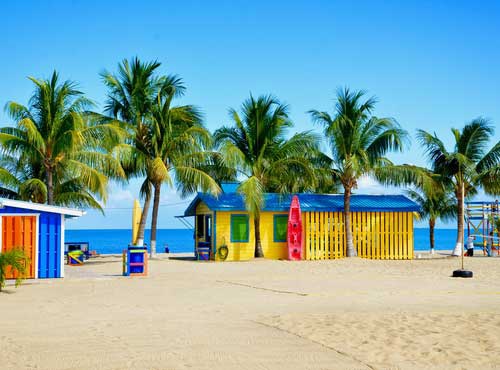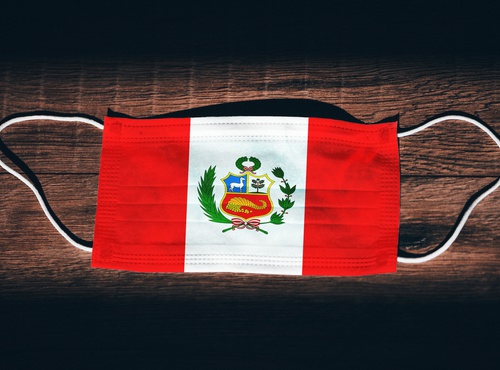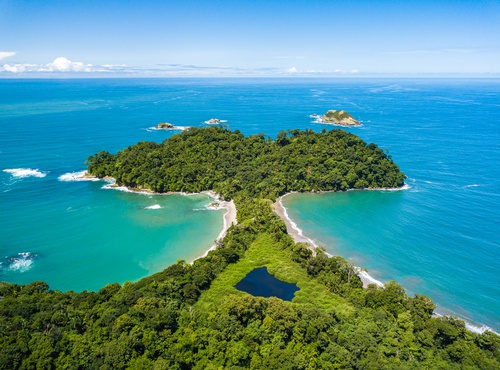
Written by:undefined undefined
Published: 10-09-2021
Approximately 450 Belize islands and islets surround the Belize Barrier Reef, the second longest barrier reef in the world, after Australia. The largest of the Belize cayes, are the energetic Ambergris Caye and laid-back Caye Caulker, which are the favourites of many holiday-goers. However, the more isolated cayes and atolls, fulfil our idea of the perfect desert island fantasy. Here are some of the highlights of the Cayes of Belize
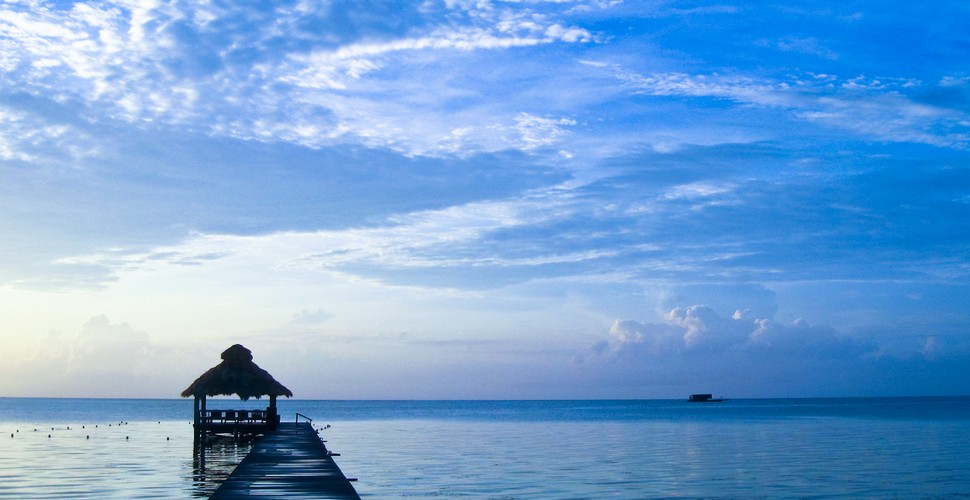
The Cayes
Ambergris Caye
Ambergris Caye, is the largest island in Belizean territory, stretching along the Belize Barrier reef all the way to the Yucatan peninsula, in Mexico. The island's biggest settlement is San Pedro, a busy village home to the majority of the island's restaurants, bars, stores, and hotels. Other hotels and resorts claim their space along the northern coast and even the most luxurious manage to maintain their laid-back and relaxed Belizean flair. Like other Belizean cayes, Ambergris Caye is a fantastic destination for water sports, especially snorkelling and Scuba diving. A lot of visitors also use the island as a base for exploring other Belize islands, and even mainland sites, such as Altun Ha and the Belize caves.

Ambergris Caye
Caye Caulker
Caye Caulker is Ambergris Caye's smaller, neighbouring island. This is the laid back, backpacker version of Ambergris Caye, with excellent attractions and things to do. There are no cars on Caye Caulker, only golf carts, bikes and feet! – which accounts for the "Go Slow" signs affixed to several of the Belize island's palm trees. There are no defined beaches on Caye Caulker; however, "The Split" to the north of town, is great for swimming and socializing. Remember that incredible diving and snorkelling is always just a short boat ride away.
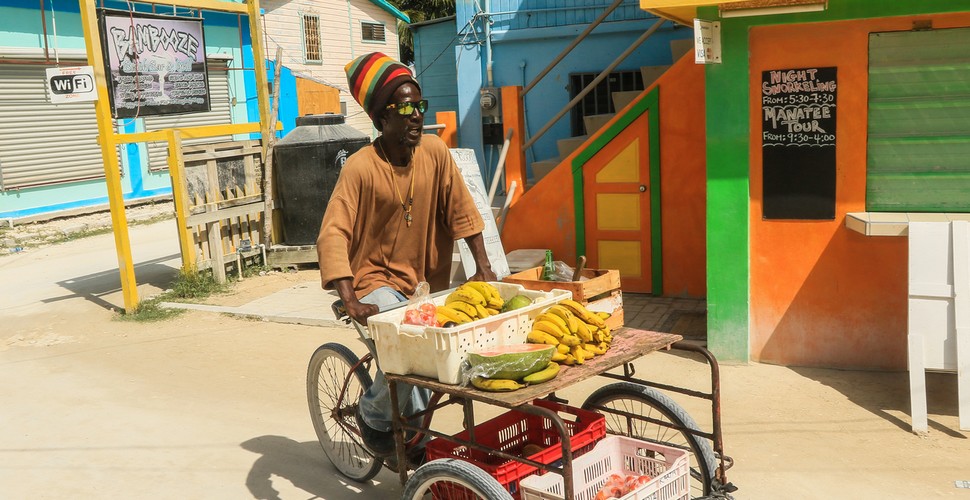
Caye Caulker
Turneffe Atoll
Turneffe Atoll is the largest atoll on The Belize mainland and is famous for its circular wall dives, full of corals and brightly coloured aquatic life. For those who want to stay longer than a day trip, there are two top-end resorts on Turneffe Atoll.
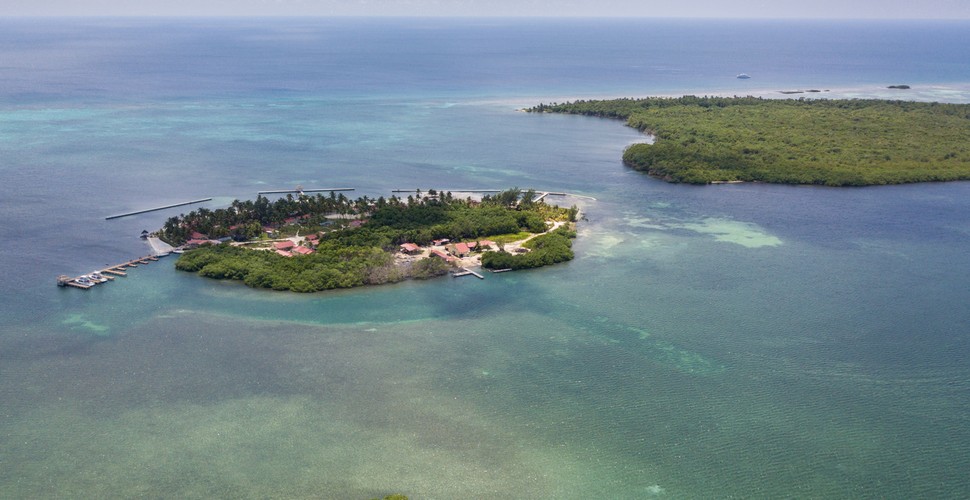
Turneffe Atoll
St. George's Caye
Back in the 18th century, the largest settlement in Belize was on St. George's Caye. In honour of the battle won against the Spanish in 1798. Belize celebrates St. George's Caye Day in the whole country, on the 10th of September. The island today, is home to the luxury St. George's Caye Resort, which is a resort for adults only.
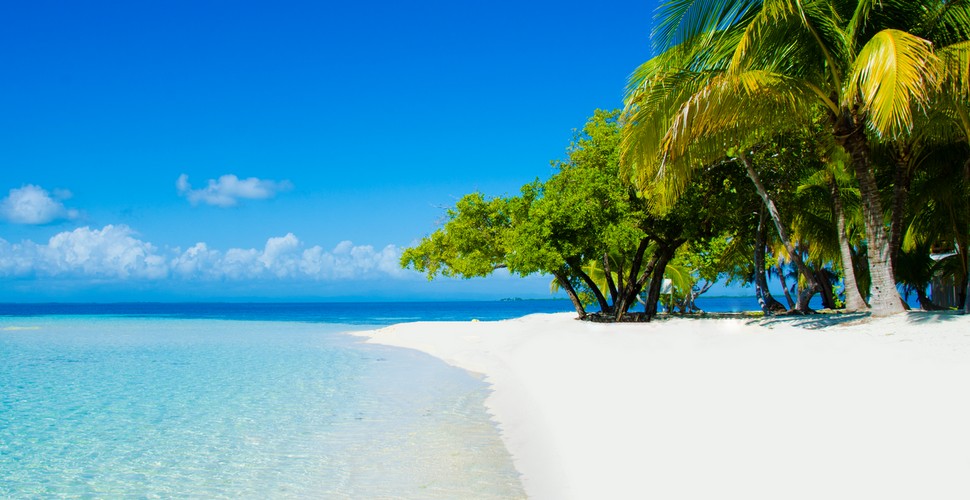
St George´s Caye
Lighthouse Reef and the Great Blue Hole
The Great Blue Hole is Belize's main attraction, by far. This is the most -visited attraction in the country and some of the best diving on the whole continent. The Great Blue hole, forms part of Lighthouse Reef and was made famous by Jacques Cousteau when he named it one of the world's top ten scuba diving sites. Most people head there day from Ambergris Caye or Caye Caulker, however, there are basic cabins on Lighthouse Reef's Long Caye, if you want to stay at this impressive site.
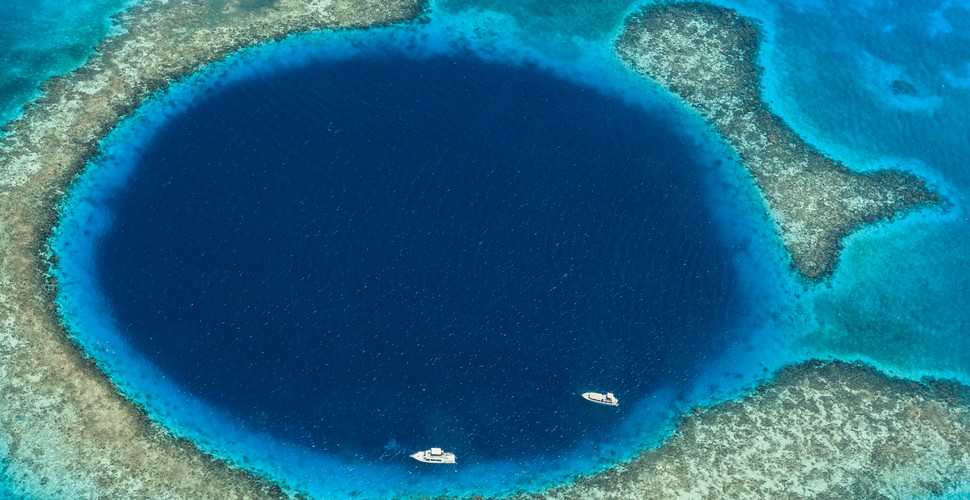
Great blue hole
Tobacco Caye
Tobacco Caye is a tiny Belize island, home to a population of just 25 people! This is the place for remote and chilled- out beauty and it takes just a minute or two to walk across Tobacco Caye, and just a few minutes more to walk around it. This remote island, promotes simple island life, with scuba diving, snorkelling right offshore, dining on the catch of the day, and relaxing in a hammock under the palms.
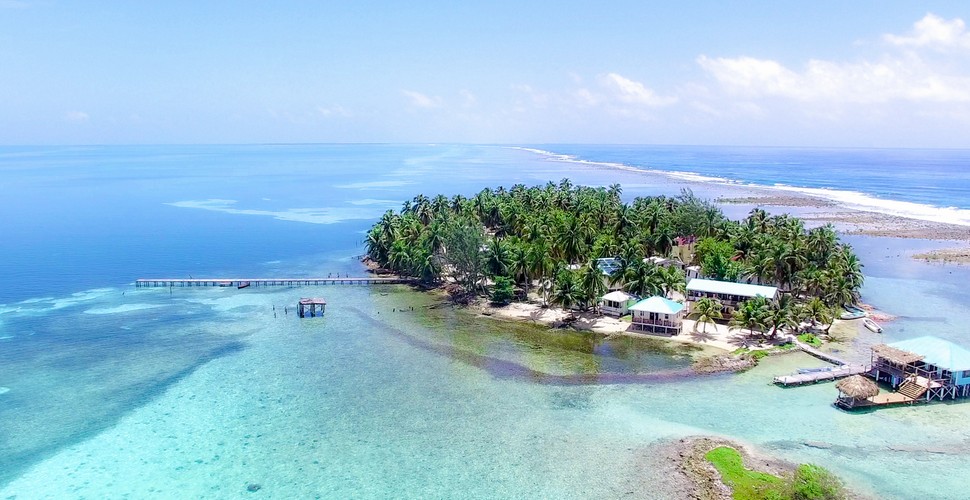
Tobacco Caye
South Water Caye
Like Tobacco Caye, South Water Caye is a remote island that attracts those seeking peace and quiet over crowds. South Water Caye is slightly larger than Tobacco Caye and home to a beautiful sandy beach at the island's southern end.
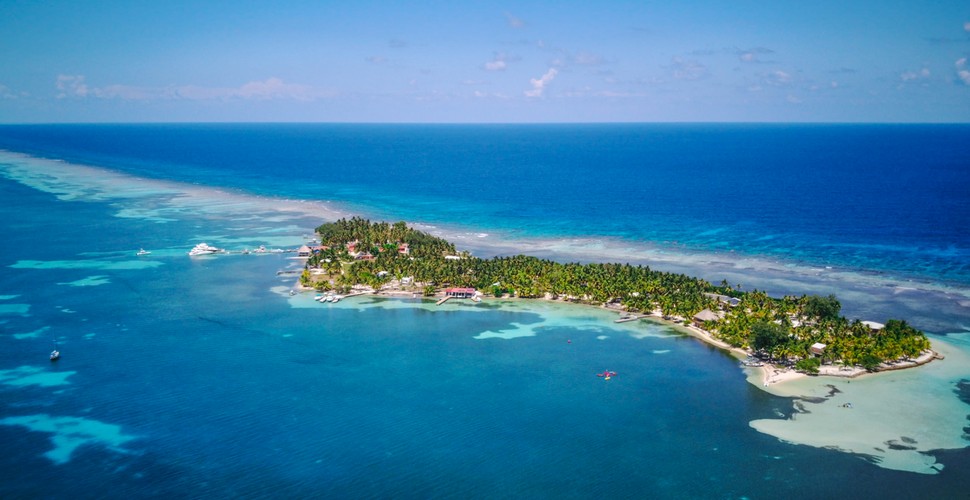
South Water Caye
Glover's Reef Atoll
You may have gathered that diving, snorkelling, and fishing are the main activities on Belize's Islands. However, Glover's Reef Atoll, the southernmost of Belize's atolls, might just be the perfect destination for explorers and the more adventurous. The biodiversity in Glover's Reef Marine Reserve is unparalleled and it was named a World Heritage Site by UNESCO. Most of Glover's Reef inhabitants work at the Marine Research Station, but visitors to the area, can stay in dorm rooms, thatched cabins, or camp at the Glover's Reef Resort.
